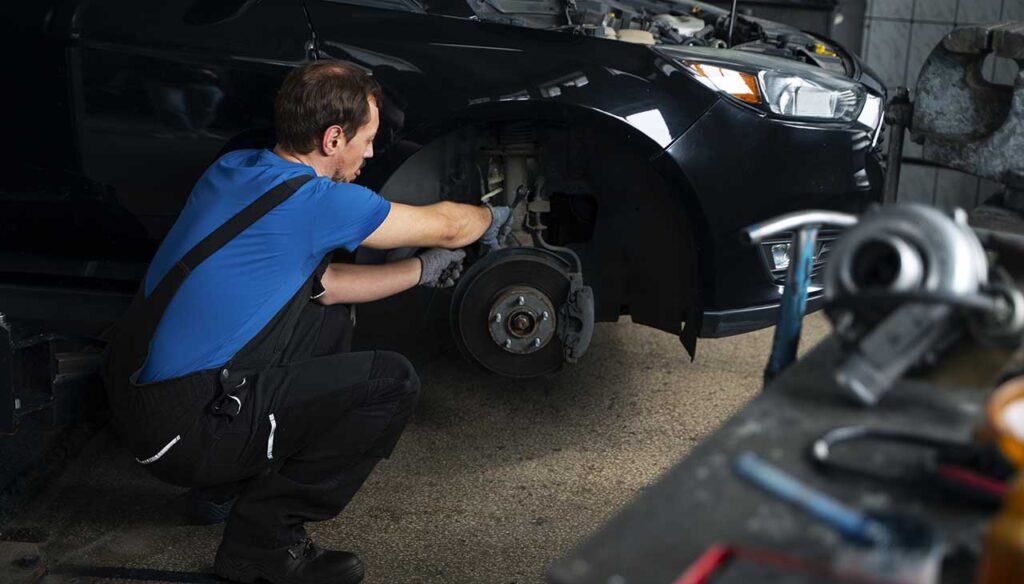Seasonal changes not only influence our daily lives and the clothes we wear but also significantly affect the performance and maintenance requirements of our vehicles. With the summer heat and winter chill presenting unique challenges to different vehicle components, it’s crucial to prepare your car to ensure its reliability, safety, and longevity throughout the year. This guide is designed to walk you through essential maintenance tips and practices for preparing your vehicle for the extreme temperatures and conditions of both summer and winter, helping you avoid common automotive issues and enjoy smooth, safe drives regardless of the season.
Preparing for Summer
Checking and Replacing Coolant
One crucial step to prepare your car for summer is checking the coolant level and its quality. Coolant, also known as antifreeze, plays a vital role in preventing your engine from overheating, which is particularly important during hot summer months. Ensure the coolant reservoir is filled to the designated level, and the coolant itself is free of debris and discoloration. If it’s been more than two years or 24,000 miles since the last replacement, consider flushing the system and refilling it with new coolant.
Inspecting and Rotating Tires
Summer’s hot roads can be tough on your tires. Inspect your tires for wear and tear, checking the tread depth to ensure they can safely grip the road during wet and dry conditions. Rotate your tires according to the manufacturer’s recommendation to promote even wear, extending their life and enhancing your vehicle’s handling and fuel efficiency.
Testing the Air Conditioning System
A functional air conditioning system is essential for maintaining comfort during summer drives. Test your vehicle’s A/C early in the season to make sure it’s cooling efficiently. Check for any unusual smells or sounds, which could indicate a leak or a problem with the compressor. If the air isn’t as cold as it should be, a certified technician can inspect the system, possibly recharging the refrigerant or making necessary repairs.
Checking the Battery and Electrical System
High temperatures can adversely affect your car’s battery and electrical system. Heat accelerates battery fluid evaporation, diminishing the battery’s capacity to hold a charge. Inspect the battery for signs of corrosion on the terminals and ensure it’s securely mounted. A professional battery test can determine its health and prevent you from being stranded with a car that won’t start. Also, check all lights, including headlights, brake lights, and turn signals, to ensure they are functioning correctly for safe summer driving.
Preparing for Winter
Inspecting and Replacing Wiper Blades
Before winter arrives, inspect your wiper blades for signs of wear or damage, as they are critical for maintaining visibility during snow, ice, and sleet. Worn or cracked blades can severely compromise your view of the road in adverse weather conditions. Replace any blades that are not making full contact with the windshield or that have been in use for over a year to ensure you have clear visibility during winter driving.
Checking and Changing to Winter Tires
Winter tires are designed to offer better traction, handling, and braking capabilities in cold, icy, or snowy conditions. Check your current tires for sufficient tread depth and consider switching to winter tires if you live in an area with harsh winter weather. Winter tires use a softer rubber compound to remain flexible at lower temperatures, providing a crucial advantage in winter driving safety.
Testing the Heating System and Defrosters
Ensure your vehicle’s heating system and defrosters are working efficiently before the cold weather sets in. A properly functioning heating system is essential for passenger comfort and for preventing the windshield and windows from fogging up. Test the blowers and defrosting mechanisms for both the front and rear windows to make sure they’re operating as expected.
Checking the Antifreeze and Washer Fluid Levels
Antifreeze, or engine coolant, prevents your engine from freezing in cold temperatures. Verify that your antifreeze levels are adequate and that the mixture is correct (typically a 50/50 mix of antifreeze and water for most vehicles). Additionally, fill your windshield washer reservoir with a winter formula washer fluid that won’t freeze. This ensures that you can always clear your windshield of salt and grime for safe winter visibility.
General Maintenance Tips
Beyond the seasonal preparations outlined above, maintaining your vehicle requires year-round vigilance. Regularly checking your oil and fluid levels is critical to ensure your engine runs smoothly and to avoid potential damage. The engine oil lubricates moving parts, reducing friction and wear, while other fluids such as transmission, brake, and power steering fluids play integral roles in the overall functionality and safety of your vehicle. Equally important is the inspection of your brakes and brake fluid. Worn brake pads or low brake fluid can significantly reduce your car’s stopping power, risking your safety on the road. Additionally, ensuring that all your lights and signals are functioning properly is not just a matter of legality—it’s a crucial aspect of communicating with other drivers and pedestrians to prevent accidents. By adhering to these general maintenance tips and the seasonal care outlined previously, you can help extend the life of your vehicle and enjoy safer, more reliable driving no matter the time of year.
